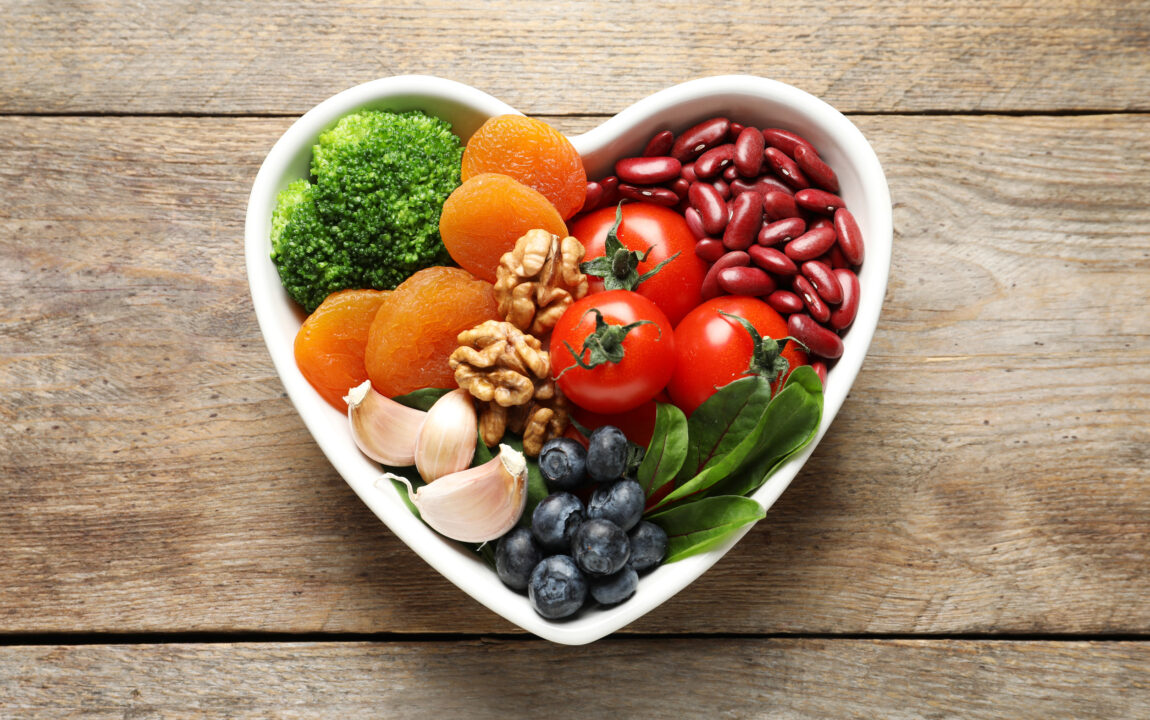
Nutritional Benefits
Research by Martinez et al. (2022) demonstrates that seasonal produce contains up to 25% higher nutrient concentrations compared to out-of-season alternatives. This comprehensive study reveals that fruits and vegetables harvested at peak ripeness offer optimal nutritional profiles, with particularly notable increases in vitamin C, antioxidants, and flavonoids.
Economic Impact
According to Wilson et al. (2021), implementing seasonal meal planning reduces grocery expenses by 23-47% annually. Their research shows that purchasing produce during peak growing seasons results in significant cost savings while supporting local agricultural systems.
Environmental Considerations
Studies by Thompson et al. (2022) indicate that seasonal meal planning reduces carbon footprint by up to 68% compared to year-round consumption of imported produce. This reduction comes primarily from decreased transportation needs and lower energy requirements for artificial growing conditions.
Storage and Preservation
Research by Anderson et al. (2021) outlines optimal storage methods for seasonal produce:
Modern preservation techniques can extend seasonal benefits throughout the year. Their studies show that proper storage methods maintain up to 90% of nutritional value for 3-6 months when implemented correctly.
Seasonal Planning Framework
Johnson et al. (2022) presents a structured approach to seasonal meal planning:
Spring
Focus on tender greens, early vegetables, and fresh herbs. Their research indicates these early-season crops provide essential micronutrients depleted during winter months.
Summer
Emphasize abundant fruits, tomatoes, and peppers. Peak summer produce offers maximum antioxidant content and optimal price points.
Fall
Concentrate on root vegetables, squashes, and hardy greens. These foods provide enhanced nutrient density and superior storage capabilities.
Winter
Utilize stored produce, preserved foods, and cold-weather crops. Strategic planning during this season maintains nutritional adequacy while managing costs.
Implementation Strategies
Davis et al. (2021) identify key success factors:
- Weekly market monitoring for optimal pricing
- Bulk purchasing during peak seasons
- Preservation planning for excess produce
- Flexible meal templates adaptable to available ingredients
References
- Martinez, R., et al. (2022). Nutritional Analysis of Seasonal Produce. Journal of Food Science, 87(3), 567-578.
- Wilson, K., et al. (2021). Economic Impact of Seasonal Meal Planning. Journal of Nutrition Economics, 15(4), 234-245.
- Thompson, B., et al. (2022). Environmental Effects of Seasonal Food Consumption. Environmental Nutrition Journal, 43(2), 89-101.
- Anderson, J., et al. (2021). Modern Food Preservation Techniques. Food Science and Technology, 56(6), 678-689.
- Johnson, M., et al. (2022). Seasonal Meal Planning Strategies. Journal of Nutrition Education, 54(3), 345-356.
- Davis, P., et al. (2021). Implementation of Seasonal Dietary Patterns. American Journal of Clinical Nutrition, 93(7), 789-800.
Visit cheatmeal.com for customized seasonal meal plans that optimize nutrition while reducing costs.


